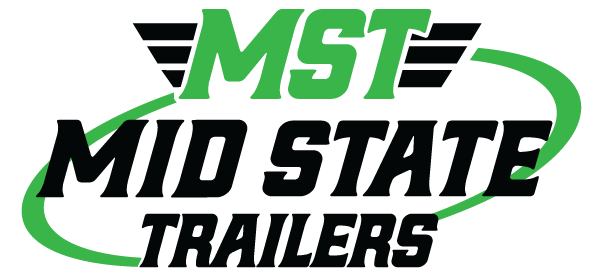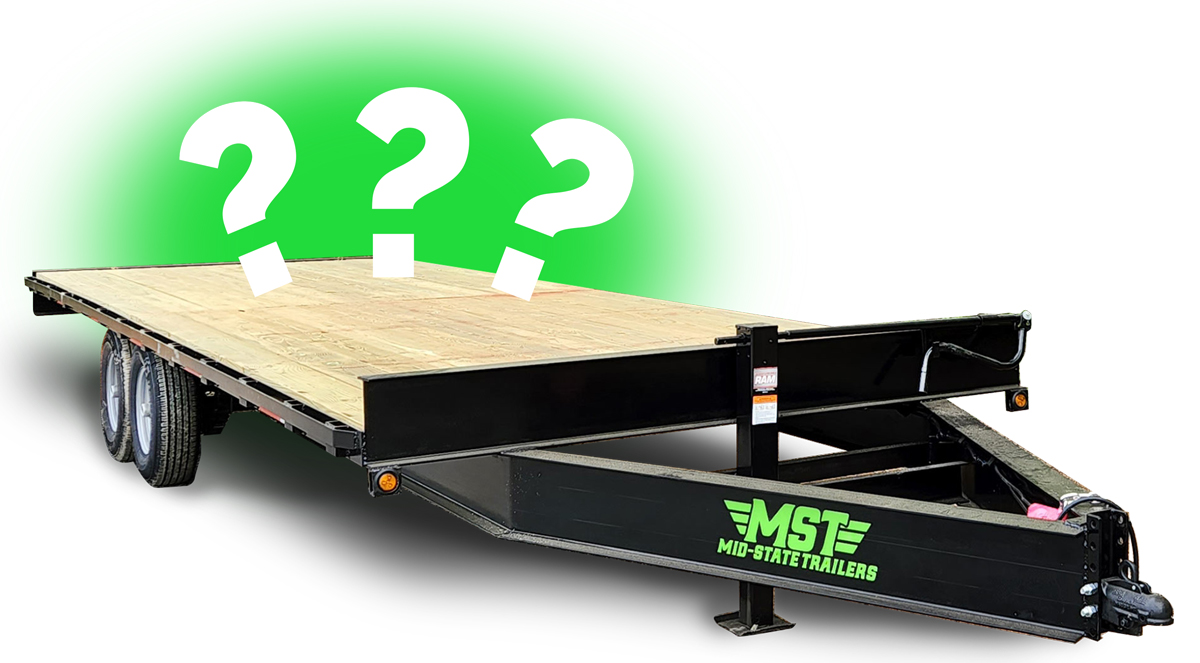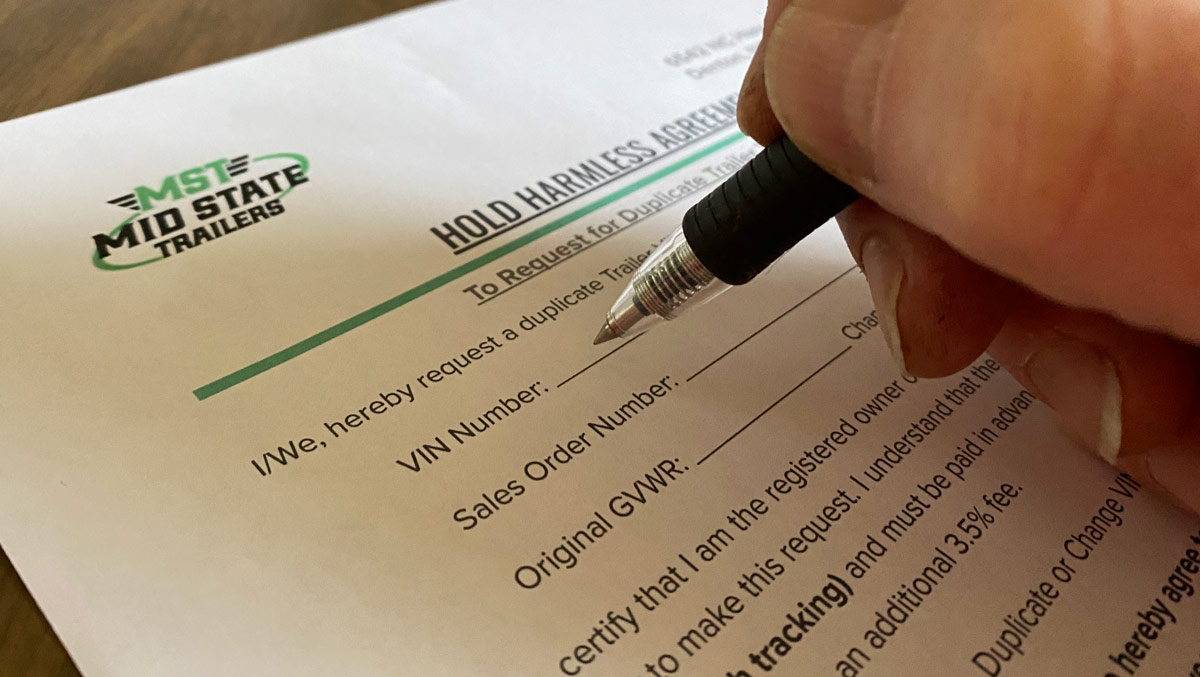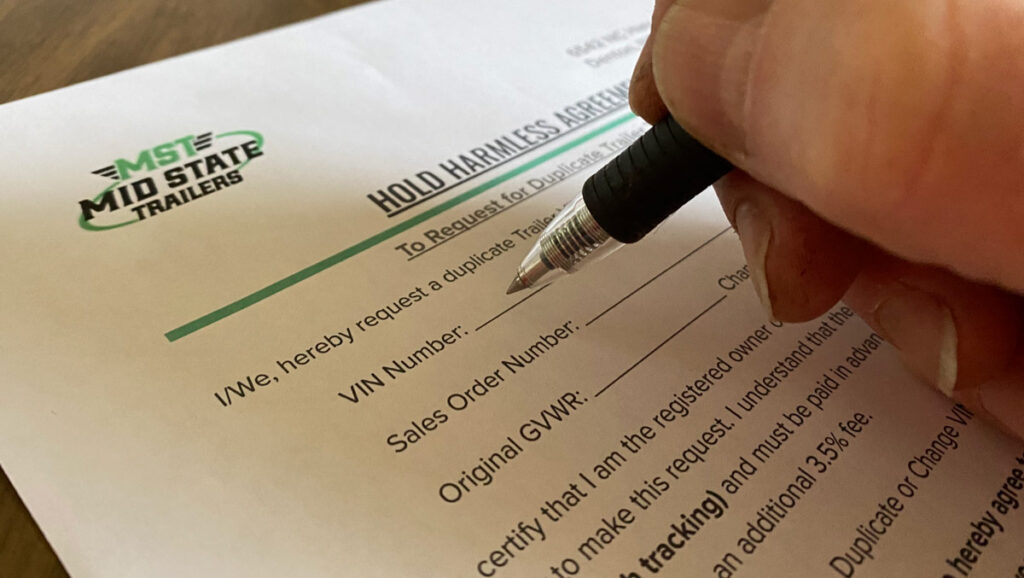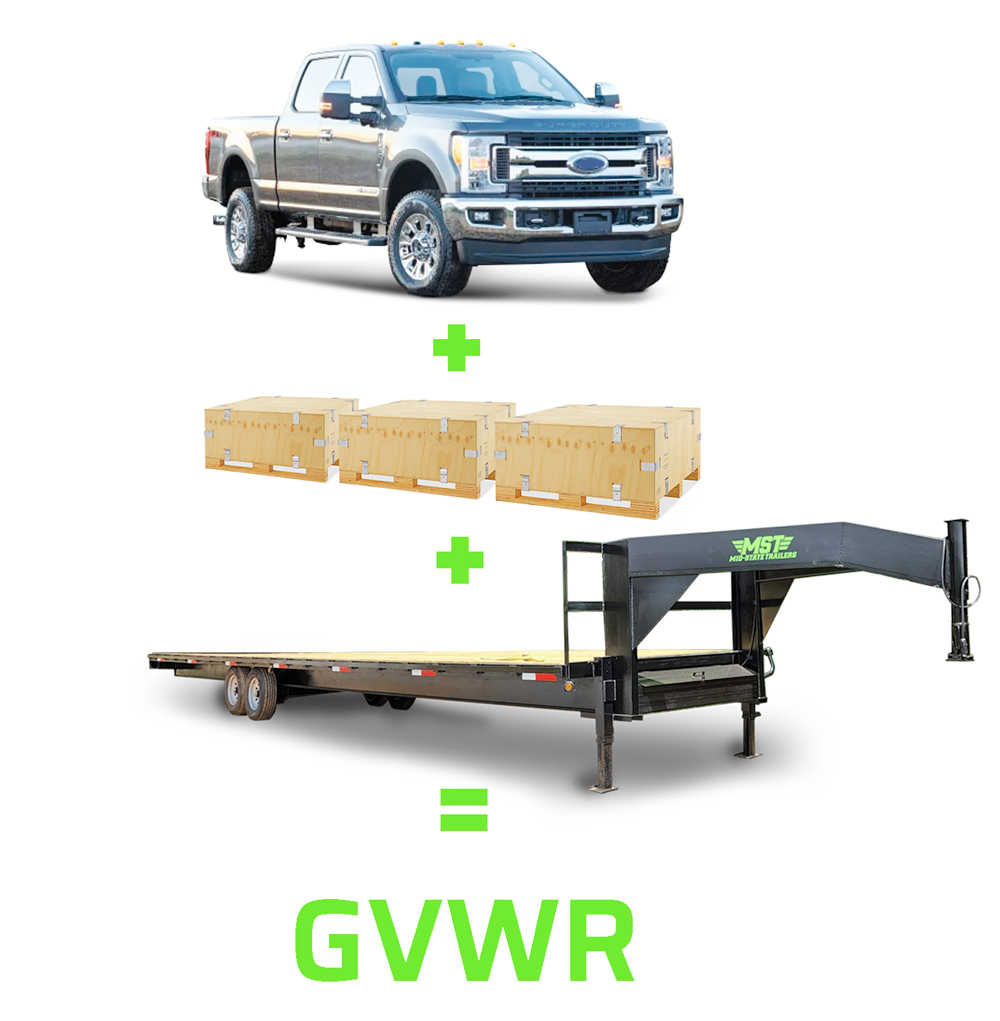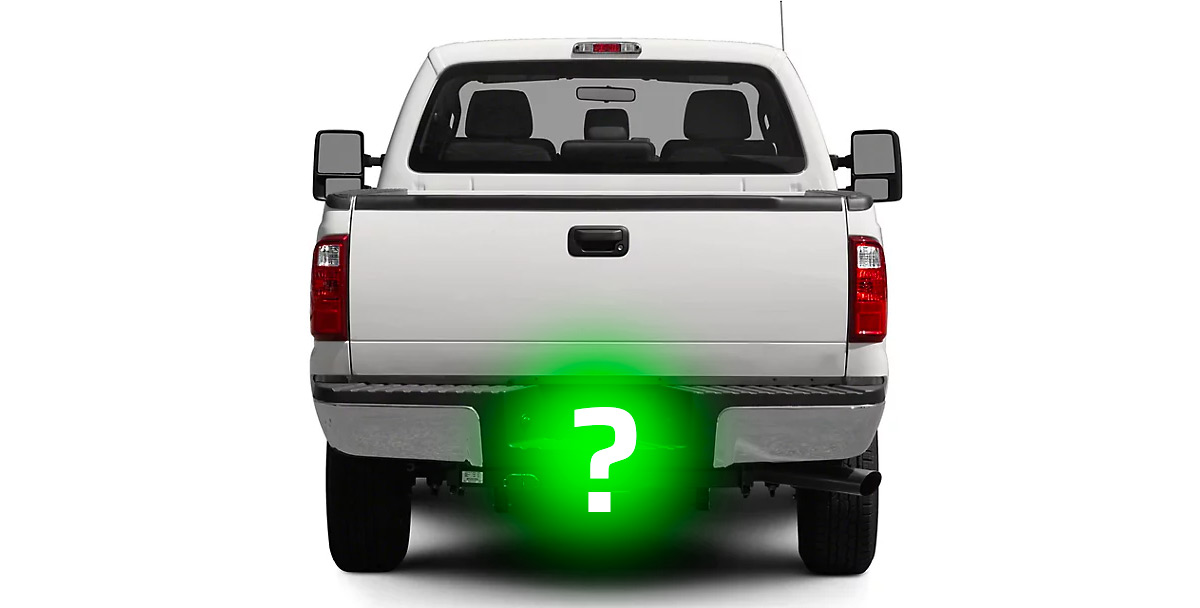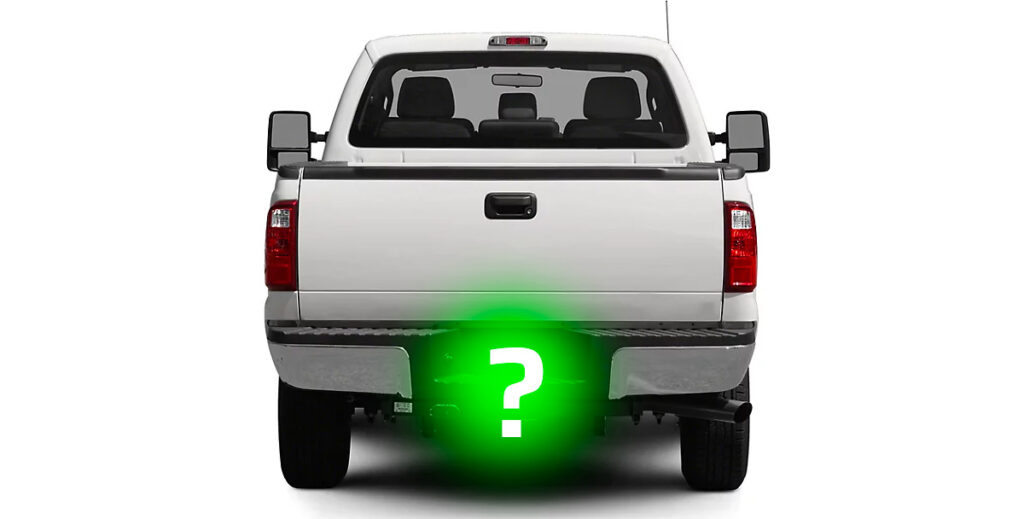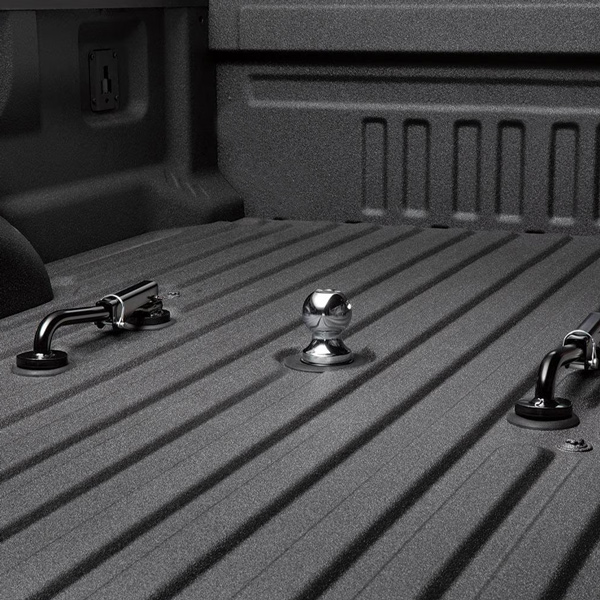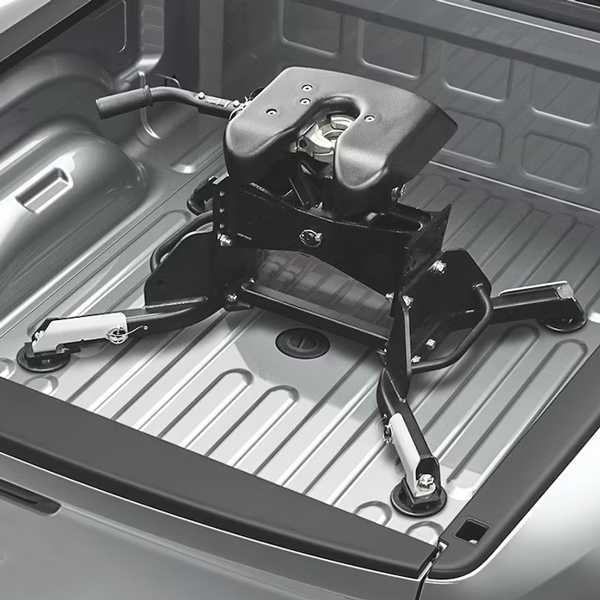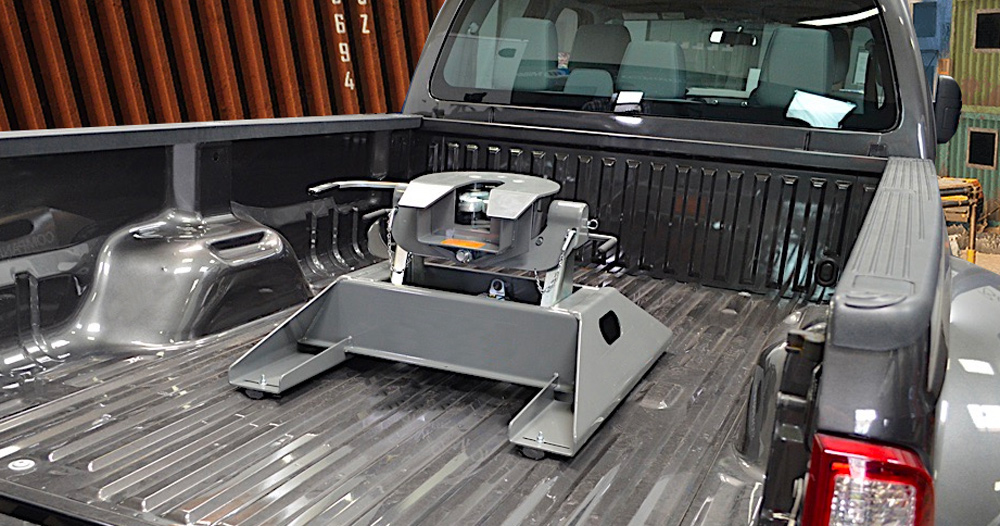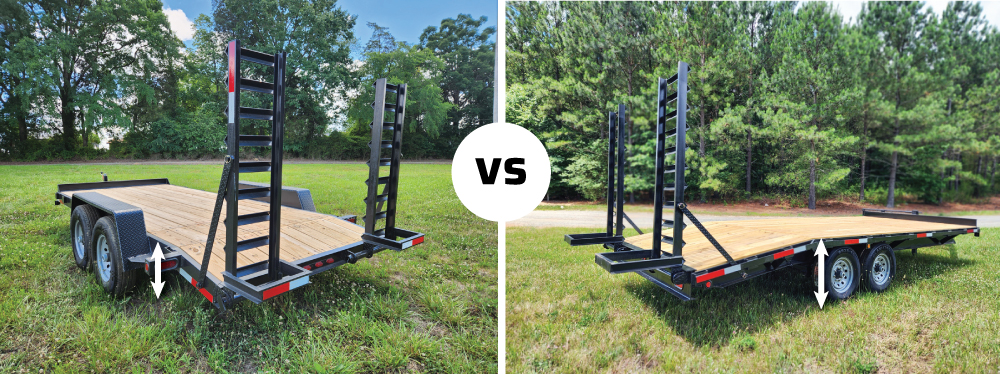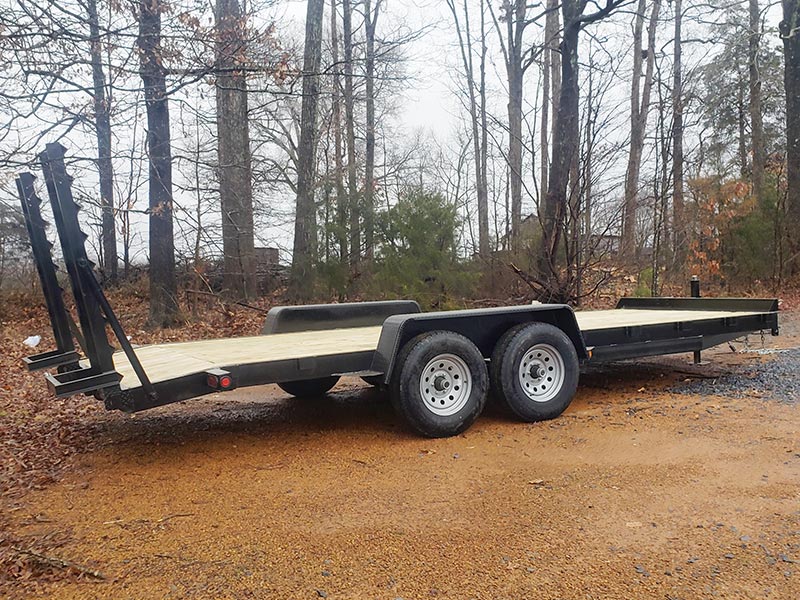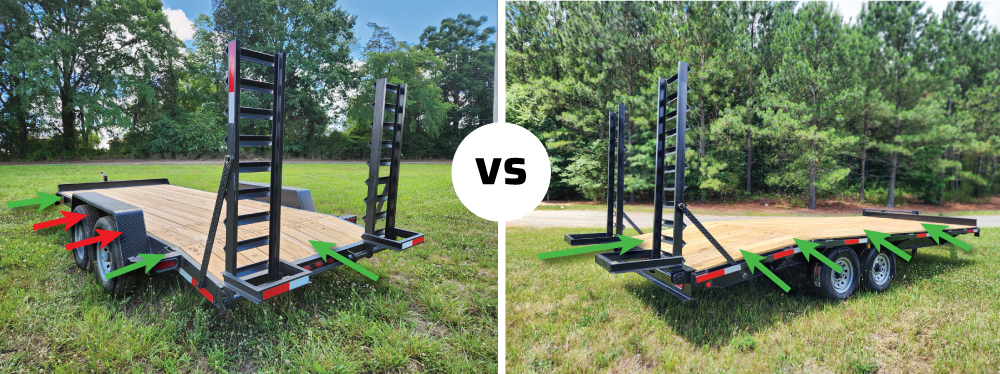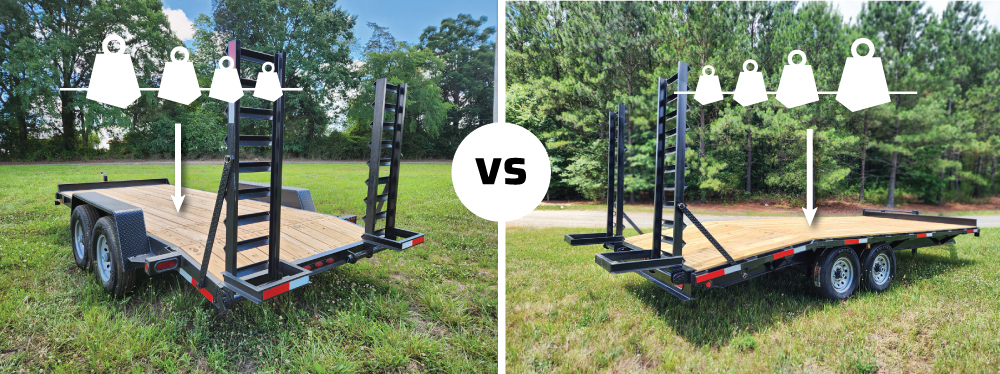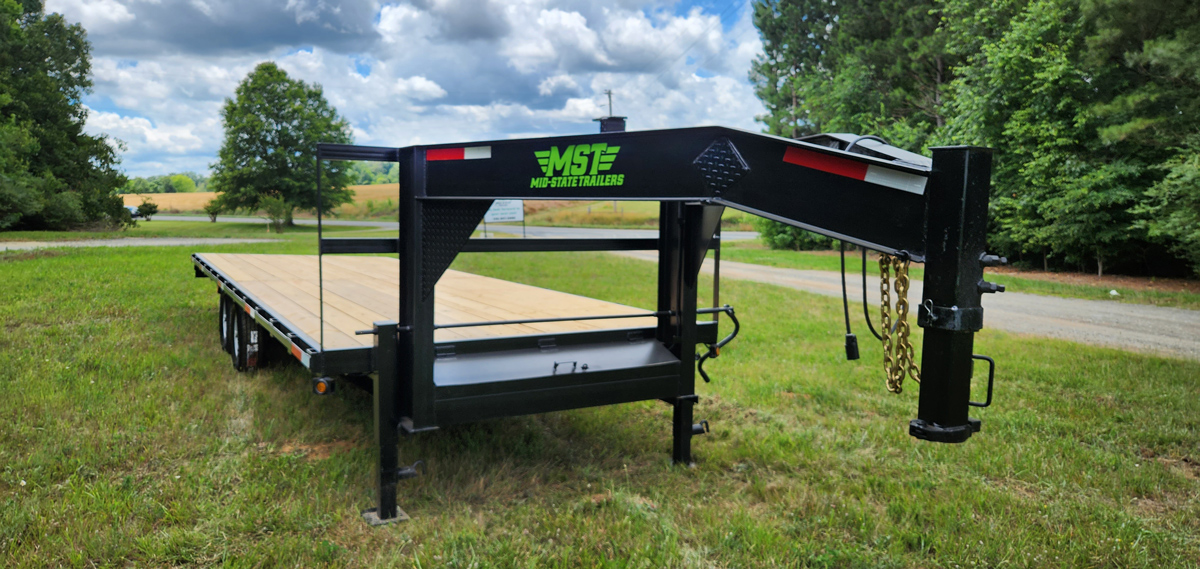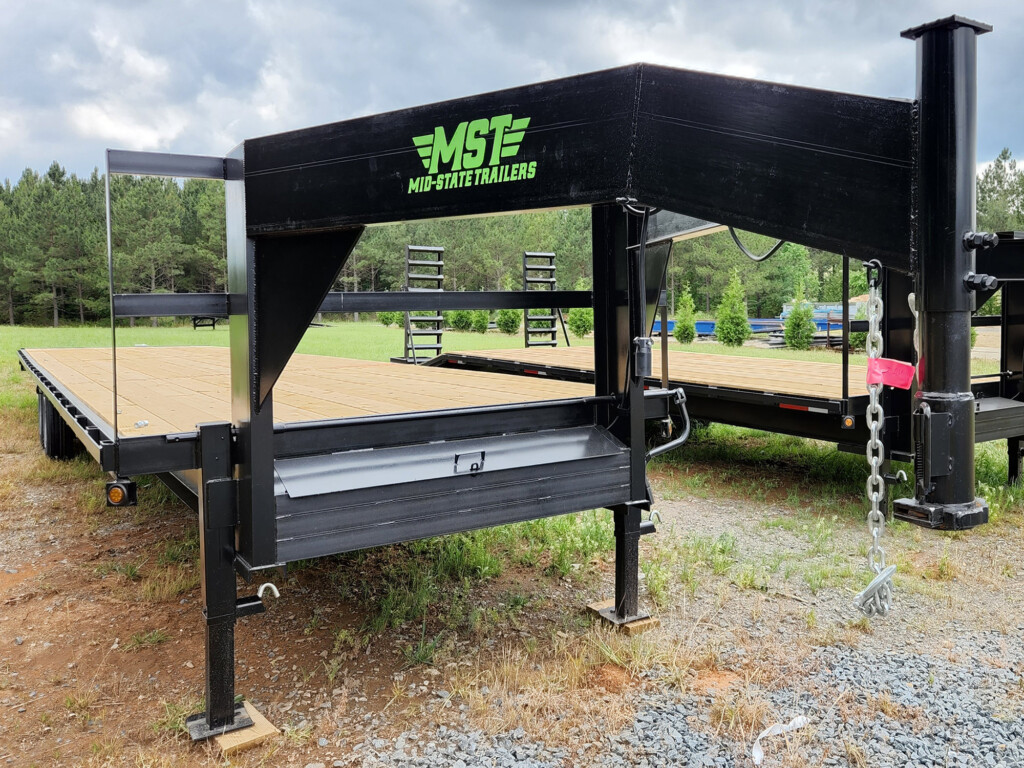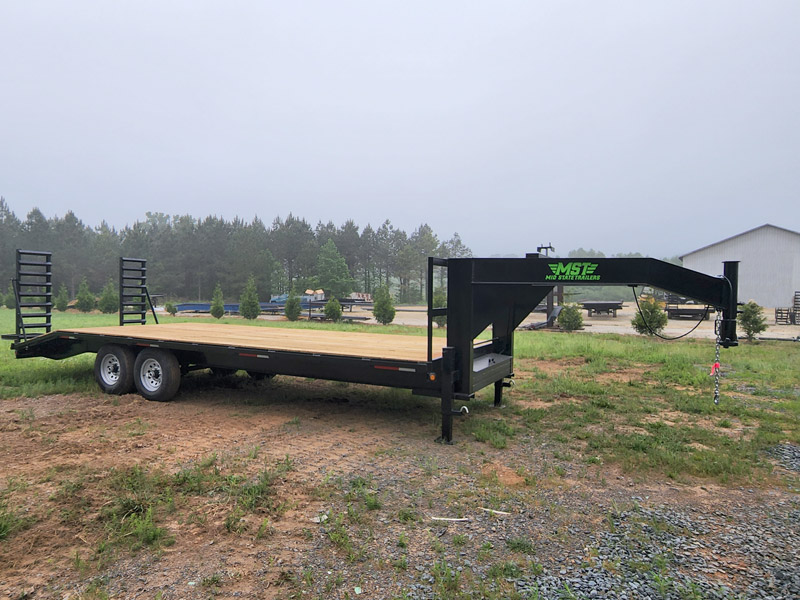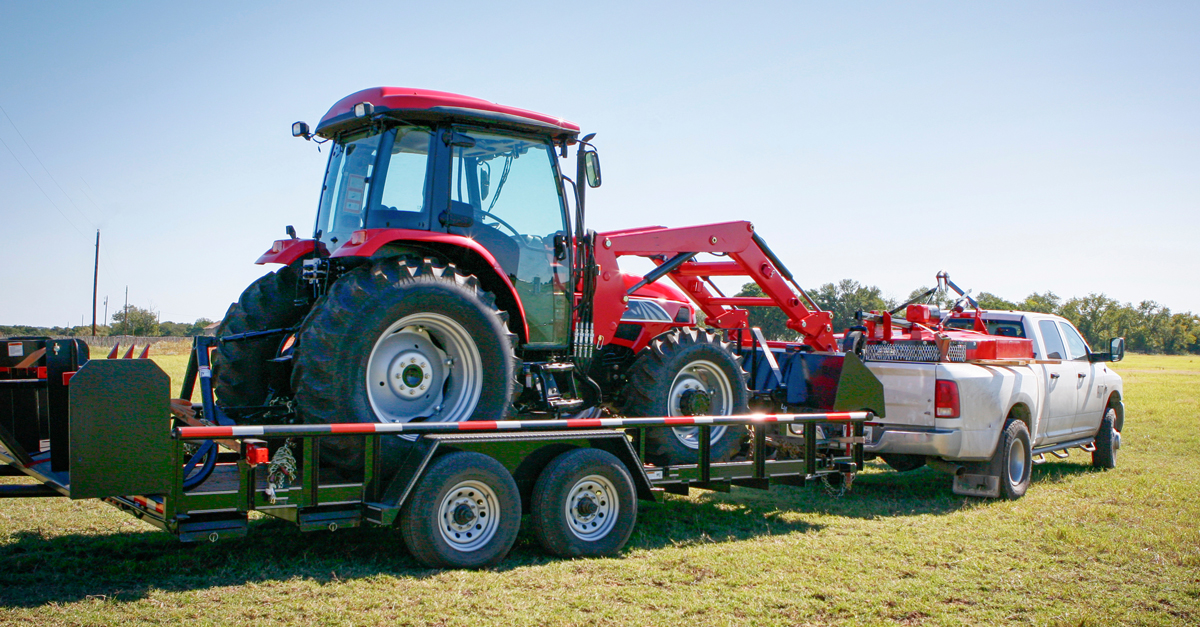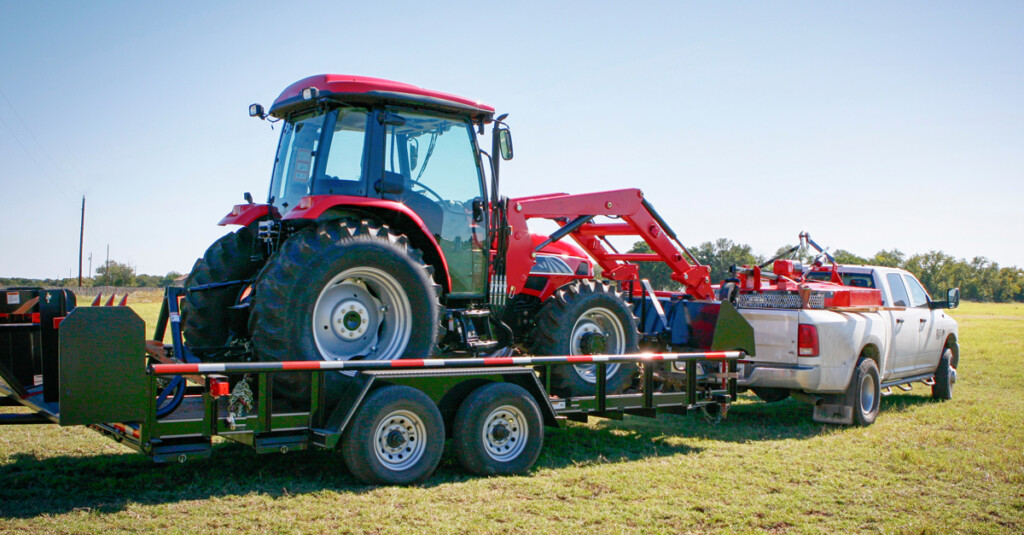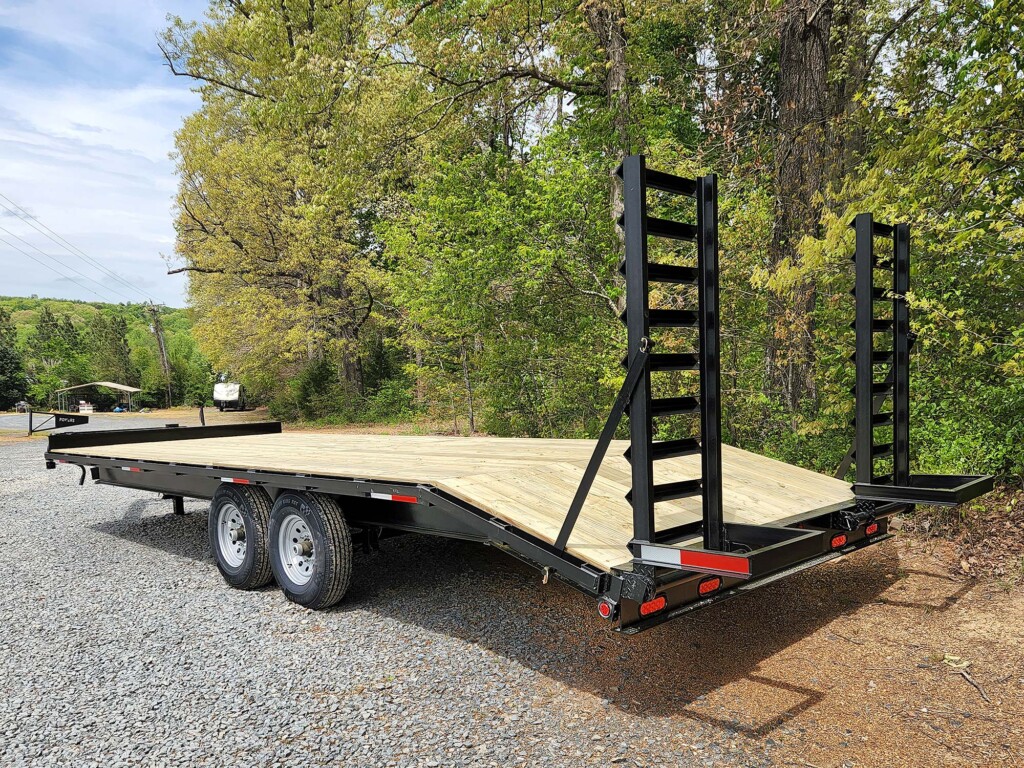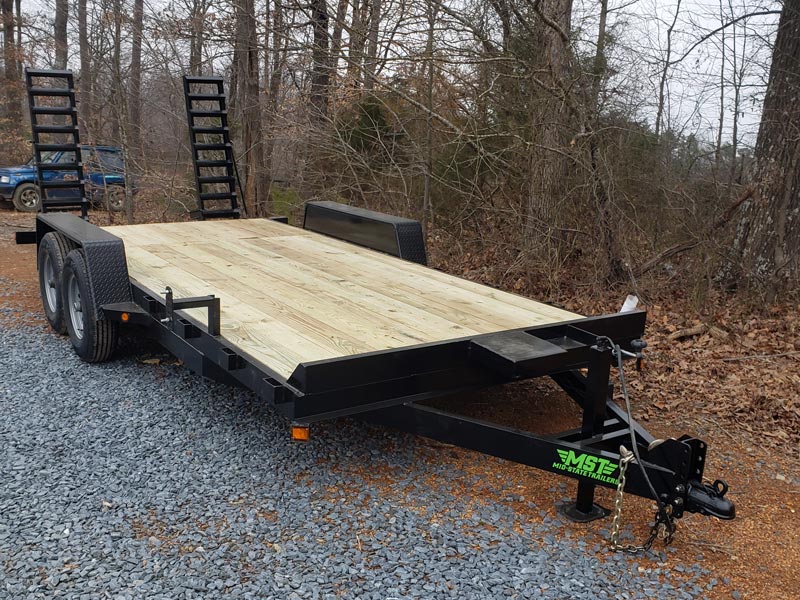Five Top Options to Consider for Your Gooseneck or Equipment Trailer
mcleary@handiramp.com
on
August 15, 2024
Five Top Options for Gooseneck or Equipment Trailers
So, you’re in the market for your first trailer, but with so many options out there, it can feel overwhelming. Don’t worry, we’ve got you covered! Here are five top accessories to consider for your gooseneck or equipment trailer, along with why they’re beneficial and how they can enhance your towing experience.
1. Spare Tire for Trailer

This one’s a no-brainer. I don’t need to tell you that there’s nothing worse than experiencing a flat tire in the middle of a haul. That’s why a spare tire for your trailer is an essential accessory to have on hand. Whether it’s a blowout on the highway or a puncture on a backcountry road, having a spare tire can save you from being stranded somewhere you ought not to be.
Benefit: Peace of Mind – With a spare tire for your trailer, you can travel with confidence knowing that you’re prepared for unexpected tire issues. It’s a small investment that can make a big difference in ensuring a smooth and stress-free towing experience.
2. Tool Box for Trailer

From tie-down straps to hitch pins, having a dedicated tool box for your trailer is a game-changer. Instead of rummaging through your truck’s toolbox or searching for tools in the cargo area, you can keep everything organized and easily accessible right on your trailer. Having trailer tool box can also provide a secure place to store valuables or anything else you’d like locked away, whether you’re spending the night at a sketchy rest stop or securing food from hungry animals during a camping trip. You could even store an extra set of keys, though they wouldn’t be much help if you find you’ve locked your whole key ring in your truck.
Benefit: Convenience and Efficiency – With a tool box for your trailer, you’ll always have the tools you need close at hand. Whether it’s making quick repairs on the go or adjusting cargo tie-downs, having easy access to your tools can save you time and frustration. Tool boxes can also serve as secure lock boxes.
3. Trailer Fender Step Pads

Ever struggled to climb up onto your trailer to access your cargo? That’s where trailer fender step pads come in handy. These convenient add-ons provide a sturdy step on the trailer’s fender, making it easier and safer to access your cargo area. They serve another purpose as well – not only do they provide a convenient step for easy access to your trailer, they also help protect your fenders from damage.
Benefit: Improved Accessibility – With fender step pads, you can easily climb in and out of your trailer, reducing the risk of slips and falls. Plus, it makes loading and unloading cargo a breeze, saving you time and effort.
4. Trailer Winches

Whether you’re hauling heavy equipment or loading vehicles onto your trailer, a trailer winch can be a lifesaver. These powerful tools make it easy to pull and secure your cargo onto the trailer, providing added peace of mind during transport. Winches are especially helpful if your trailer-facilitated include boating, pulling a big stump out of the ground, or anything else where a engine-powering industrial-strength rope would do you some good. The rope material varies, mostly depending on what you’d wish to winch, so in making your purchase be sure to consider the needs of your own use case.
Benefit: Enhanced Safety and Security – With a trailer winch, you can safely and securely load your cargo onto the trailer without risking injury or damage. Plus, it gives you greater control over the loading process, ensuring everything is properly secured for transport.
5. Hydraulic Jacks

Hydraulic trailer jacks are powered by a hydraulic pump, making it easier to lift heavy loads with minimal effort. They’re essential for trailer owners who frequently hitch and unhitch their heavy trailers.
Benefit: Smooth Lifting with Less Effort – The hydraulic mechanism allows for precise control over how much you raise or lower the trailer, preventing sudden jerks or drops. Hydraulic jacks require less effort from the operator, especially powered versions, which use a motor to lift the trailer.
Conclusion
When it comes to outfitting your gooseneck or equipment trailer, these five accessories are must-haves for enhancing convenience, safety, and efficiency. Whether it’s adding step pads for easier access, equipping a winch for secure cargo loading, or installing dual jacks for improved stability, these accessories can take your towing experience to the next level.
At Mid State Trailers, we offer a wide range of trailers and accessories to meet your towing needs. From fender step pads to trailer winches, spare tires, tool boxes, and dual jacks, we’ve got everything you need to customize your trailer for maximum functionality and convenience.
So, why wait? Visit us today to explore our selection of trailers and accessories and take the first step towards a smoother, more enjoyable towing experience. Happy trails!
